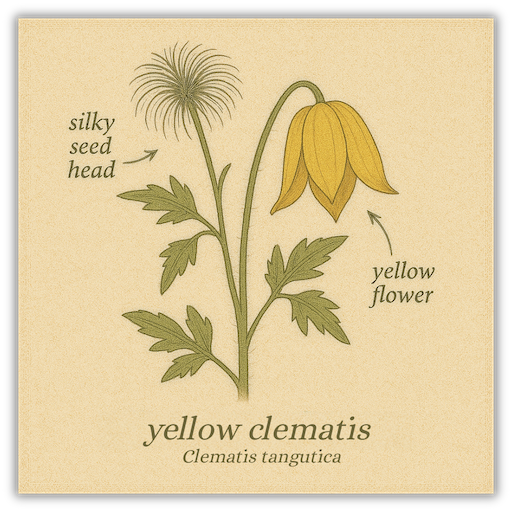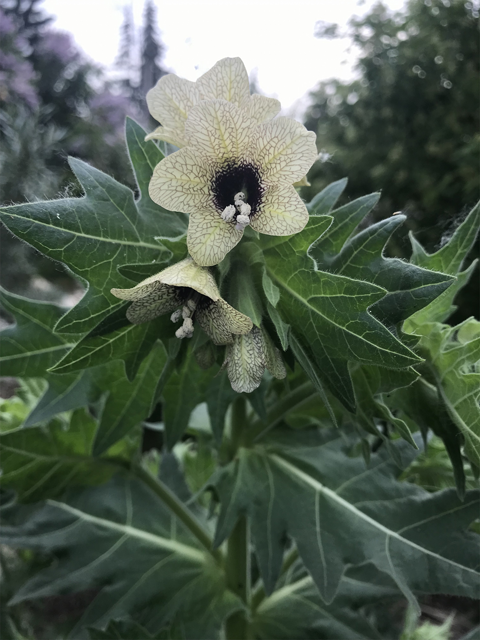Deadly beauty
Article by Monika Smith
There’s quite a list of plants you should not have in your yard. I don’t mean fragile, rare, water loving plants that just squeak by in our Zone 4a. Nope, these are plants that the Government of Alberta has given the big NO to having in your yard.
Check out: alberta.ca/provincially-regulated-weeds.
Prohibited noxious weeds pose a serious threat as they spread rapidly and are highly competitive. The plants in this category are either not currently found in Alberta, or are found in few locations and eradication could be possible.
However, there is a category noted as noxious weeds (includes the plant’s seeds). They have the ability to spread rapidly, cause severe crop losses and economic hardship. They must be controlled.
A local authority may conduct control programs for these weeds if they feel they may have significant ecological or economic impact on municipal lands.
You know some of them: creeping bellflower (Campanula rapunculoides); ox-eye daisy (Leucanthemum vulgare); scentless camomile (Tripleurospermum inodorum); yellow clematis (Clematis tangutica) and Canada thistle (Cirsium arvense) and black henbane (Hyoscyamus niger). Each link opens into a new window.






It’s worth your while to get fact sheets from the Alberta Government. Or checkout Alberta Native Species Council, abinvasives.ca, which deal with all invasive species from plants to gold fish, wild boars and feral rabbits. They deal with introduced species of plants that grow on land and in water with no natural means of control. They will spread quickly and reduce biodiversity.
Plants in the noxious weed category are widely distributed in Alberta. If you see any of these plants, you need to remove them. Dig them up, get all the roots, put in a black plastic bag and seal, then into your black bin. These plants are also reportable and bylaw officers can knock on your door and tell you to get rid of the plant.
A serious problem weed showed up in the community association front yard in June. Black henbane is truly a deadly beauty. As a relative of the nightshade family, it is poisonous! Don’t think about eating it; and touching it can give you a rash as its complex alkaloids are all over the plant, so handle with gloves. It’s not for picking. Get rid of it. One plant can produce 10,000 to 500,000 seeds which can survive four years. It’s not native.
So many plants that we love are poisonous! Download the Poisonous Outdoor Plants published by the Government of Alberta. You’ll be amazed at all the plants we use for food have poisonous components (tomato leaves and stems or rhubarb leaves), or enjoy as flowers (all parts of monkshood and lily of the valley), shrubs (all parts of the clematis and hydrangea) or trees (Ohio buckeye, all parts especially mature fruit; oak leaves and unleached acorns). You know most of them, but a review of this document might be useful.
If you have a plant, bug or critter you want identified—good, bad or ugly? Or need to find out a bit more before it settles into your yard? Contact Monika, naturallyglendale[at]myglendale.ca
For more information about Naturally, Glendale, native plants or biodiversity, or ask questions and offer comments, contact Monika, naturallyglendale[at]myglendale.ca

